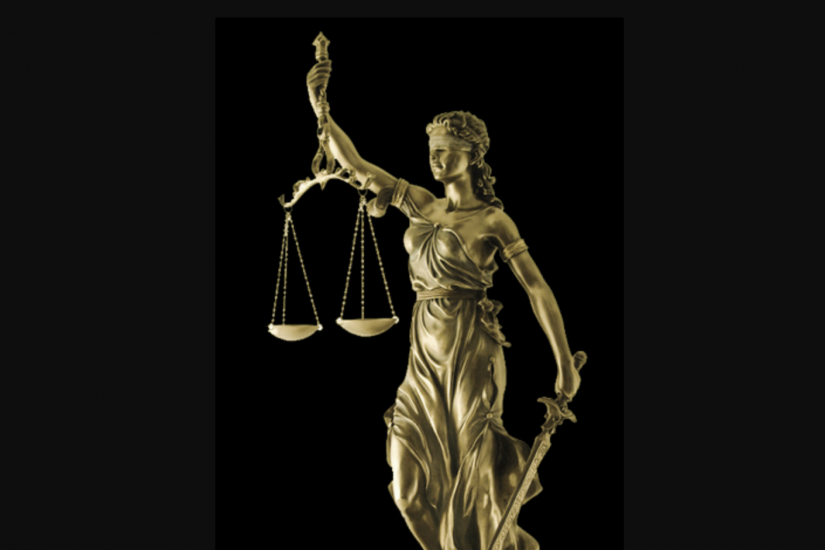In 1868 North Carolina, Henry Buie’s former master sought to take his mule away from him. Two states away, in 1870, the white owner of the land farmed by Georgia sharecropper Moses Summerlin tried to only pay him half the amount he was owed, and threatened to kill Summerlin if he pressed the matter. In 1907, Lurena Roebuck was deceived by a local white saloonkeeper who told her a deed transferred 20 acres of her Alabama land although it actually gave him possession of her full 80 acres. Three years later, in Kentucky, Rebecca Sallee fell into a large open hole that had been left on the street as she made her way to a church service. In 1926, the city of Atlanta passed an ordinance limiting the hours black-owned barbershops could operate and whose hair they could cut, damaging the profitability of Alonzo Herndon’s barbershop business. Finally, in 1944, in Virginia, a pregnant black woman named Ethel New was ordered to give up her seat on a bus and when she refused, was forcibly carried off the bus, leading to a miscarriage.
In response, all of these black men and women—and almost one thousand others across the US South between 1865 and 1950—litigated civil cases against white southerners. They would win the majority of these cases that eventually reached eight southern states’ highest courts. In the end, Henry Buie got his mule back, Moses Summerlin was paid for his crop, the transfer of Lurena Roebuck’s land was canceled, Rebecca Sallee was paid by the city for the loss of income she had incurred, and the city of Atlanta’s ordinance was invalidated. Of these cases, only Ethel New would fail to win her case.
Black southerners received vast injustice in criminal courts during this time. They had almost completely lost the vote by the beginning of the 20th century, and experienced widespread segregation. Southern courts, in turn, were dominated by white judges and white lawyers and had largely white juries by the turn of the century. Black litigants only won these cases against whites by negotiating a legal system in which those in power often had very different interests and perspectives than their own.
To accomplish this difficult task, successful black litigants used a range of strategies. First, they often sought to align their suits with white members of the community. In cases against whites that reached southern state supreme courts, for example, they almost always used white lawyers in their litigation. These white lawyers were often motivated to take on African Americans’ cases when the suit’s success would bring them a large fee. At other times, notions of professionalism, ideas of paternalism, personal connections, and (in a small number of cases) ideological sympathies influenced lawyers’ decisions to take on suits as well. Black litigants also highlighted their connections with local whites in their testimony, at times drawing on longstanding interactions with whites whom they had known for decades. Additionally, in most of the civil cases between white and black southerners that reached their state’s highest court, white witnesses from the community testified on the black litigants’ behalf, as well as against them.
